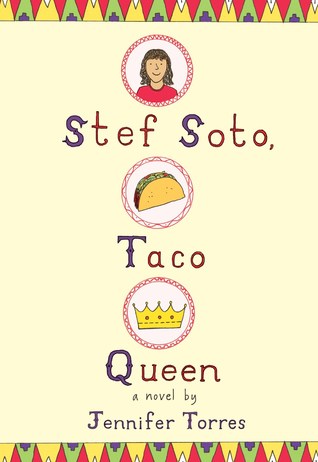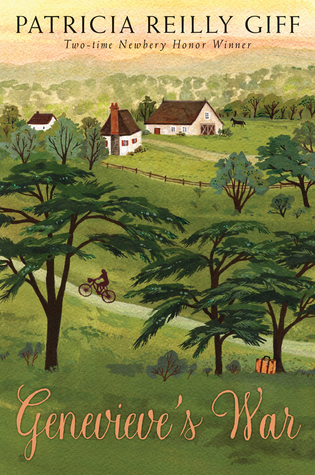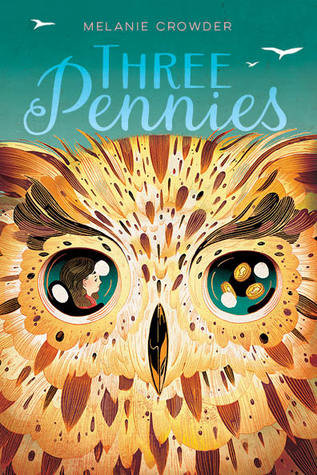Grandparents' Day is September 8 this year. Here are some picture books, many of which are #ownvoicees, that explore the relationship of children and their grandparents.
Our Favorite Day
by Joowon Oh
Candlewick Press, 2019
review copy provided by the publisher
An #ownvoices book with gorgeous paper collage illustrations. Thursdays are Papa's favorite day because he gets to spend time with his granddaughter.
Ojiichan's Gift
by Chieri Uegaki
illustrated by Genevieve Simms
KidsCan Press, 2019
review copy provided by the publisher
Every summer when she visits Japan, Mayumi and her grandfather care for the rock garden he built for her when she was born. What will become of the rock garden and their time together when Ojiichan has to go into the nursing home? Another #ownvoices story of the connection between a grandfather and granddaughter.
My Grandma and Me
by Mina Javaherbin
illustrated by Lindsey Yankey
Candlewick Press, 2019
review copy provided by the publisher
This is an autobiographical story of growing up in Iran and all the things a little girl does with her grandmother who lives with her family.
Grandpa's Top Threes
by Wendy Meddour
illustrated by Daniel Egnéus
Candlewick Press, September 3, 2019
review copy provided by the publisher
When Grandpa stops talking to him, Henry persists and finds a way to keep their bond -- by asking Grandpa for his Top Threes. At the end of the book, perceptive readers will learn why Grandpa had turned inward and have an even greater appreciation for Henry.
Stolen Words
by Melanie Florence
illustrated by Gabrielle Grimard
Second Story Press, 2017
review copy from the library
Like Henry, in GRANDPA'S TOP THREES, the granddaughter in this #ownvoices story helps her grandfather heal by giving him back the Cree language (in a book from her school) that was stolen from him when he was taken from his family to live in a residential school.
Grandpa Cacao
by Elizabeth Zunon
Bloomsbury Children's Books, 2019
Based on her childhood in the Ivory Coast, West Africa, this book is the author's love letter to a grandfather she never knew (and a fabulous connection to our 5th grade social studies if you trace the story of chocolate back even further to the Maya and Inca people in Latin America).
Around the Table That Grandad Built
by Melanie Heuiser Hill
illustrated by Jaime Kim
Candlewick Press, September 10, 2019
review copy provided by the publisher
A fun, cumulative story the celebrates the gifts that remain when our loved ones are gone.
I Miss My Grandpa
by Jin Xiaojing
Little, Brown and Company, September 3, 2019
review copy provided by the publisher
The little girl's grandfather died before she was born, but she still misses him. Her grandmother helps her to see her grandfather's facial features and character traits in her living relatives, and the girl realizes that her and her family. The text is translated into Mandarin Chinese on the final endpapers.
The Immortal Jellyfish
by Sang Miao
Flying Eye Books, 2019
review copy provided by the publisher
A boy's grandfather begins a conversation about immortality, but then dies before he and the boy can explore the idea further. In a dream, the boy's grandfather takes him on a grand adventure in which they explore reincarnation.

























